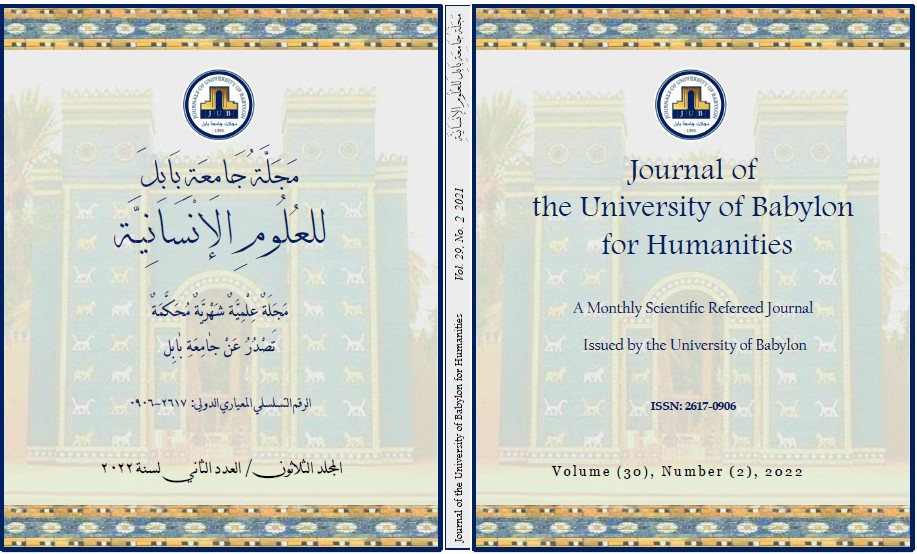Tense in the Language of law: A Linguistic Approach
Main Article Content
Abstract
In this paper, we seek to explain the concept of tense in legal language in Arabic. We argue that the language of law semantically and pragmatically has no tense, though there are morphosyntactic forms of tense. We show that tense in language is divided into existential and subjunctive “hypothetical.” Existential tense expresses events that happen in the world, but subjunctive tense indicates that the events are not present, as the truth conditions are not realized. We propose that the language of law has a subjunctive tense. One piece of evidence to support this claim is that the subject of sentences/utterances is absent or undefined. In ordinary language, verbs have three different times that explain different tenses: reference time, event time, and speech time. In the language of law, event time cannot appear in the context of legal texts. The absence of event time and reference time accounts for why truth conditions are lost, as when there is no event time, truth conditions cannot be realized.

